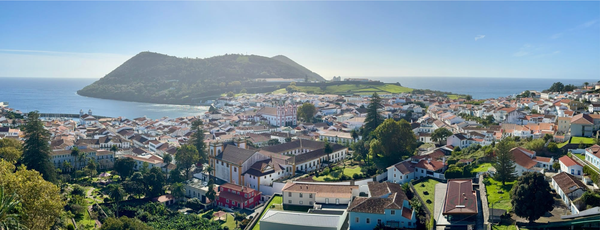On Location: Tambopata Research Center, Peru
The most remote place I’ve ever been
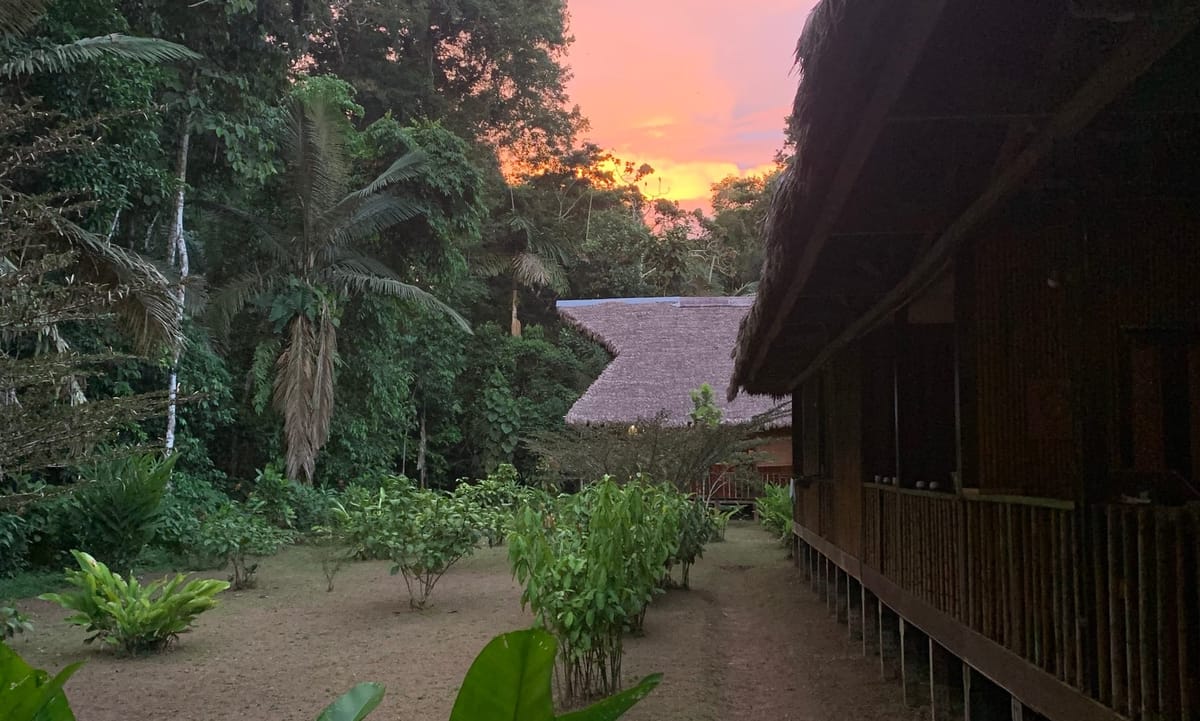
By Erin Washington
We were on a month-long trip to South America that took us to Ecuador, the Atacama Desert, a 7-day trek through Patagonia, and Machu Picchu. While several of these spots were quite remote, we saved the most remote for last. We landed in scorching heat at Puerto Maldonado, Peru - an hour flight from Cusco - before hopping on a 1-hour bus to our little bright blue, flat-bottomed boat. From there, we started a 3-hour boat journey down the Tambopata River where capybara and macaws welcomed us, and a rainstorm surrounded us and Puno Mountain before we finally arrived at the Tambopata Research Center.
Open since 1989, the TRC is the only lodge located within the Tambopata National Preserve, making it one of the most remote lodges in all of South America. It’s renowned for its research and protection of macaws, discovery of new species, and commitment to generating income into the local communities through employment and tourism funds.
We didn’t know it at the time, but we had arrived only 10 days before Peru shut its borders at the beginning of Covid. Luckily, we had planned a short visit before our return home, so we had to make the most of our time there. On our only full day of activities, we took a 5-hour hike through the different ecosystems of the Peruvian Amazon. We trekked through muddy swamps, bamboo forests, large trees, and the real highlight - the 5 foot waters of ‘The Bowl:’ a deep, biodiverse lowland that is completely dry during some months of the year, and filled with murky water up to your neck during others. They warned us before going in that sometimes anaconda frequent those waters but not to worry, “they won’t chase you, but if you run into them, they will eat you.” Nevertheless we decided to take on the risk for the sake of adventure and waded in. There were four of us, and we all made it out alive.
Rainforest lodges are quite famous for their night walks where you can see the different types of nocturnal animals in the area. While on one, our guide stopped to point something out before peeking up over his shoulder. There, he spotted just over his head, a banana spider, one of the deadliest in the world. These spiders, larger than the palm of my hand, hide inside banana plants and dole out a lethal bite when disrupted. I will never forget its ominous gray color and shocking size. Our guide was rattled, but carried on with the rest of the walk.
TRC is most famous for their macaw population. If you wake up early enough, you can watch them feed off the clay walls of cliffs lining the Amazon. On our final morning, we boarded a boat to a clay-lick, and watched the macaws and other parrots descend for breakfast. Their loud squawks could be heard from around the forest, but here you get a front row seat to their volume. Their magnificent colors dotted the sky. Observing them left us mesmerized.
It’s a location that’s not for the faint of heart: from the long trek, the scant luxuries, and the adventurous spirit required to make it happen. But, it is worth it to see an area of the world that a lot of people never get to see, to interact with animals foreign to most, and to meet people whose lives differ so much from our own. Yet we all shared something in common: the love for nature and a deep desire to explore.
Stay: Tambopata Research Center, 28 rooms, from 562 usd all-inclusive.
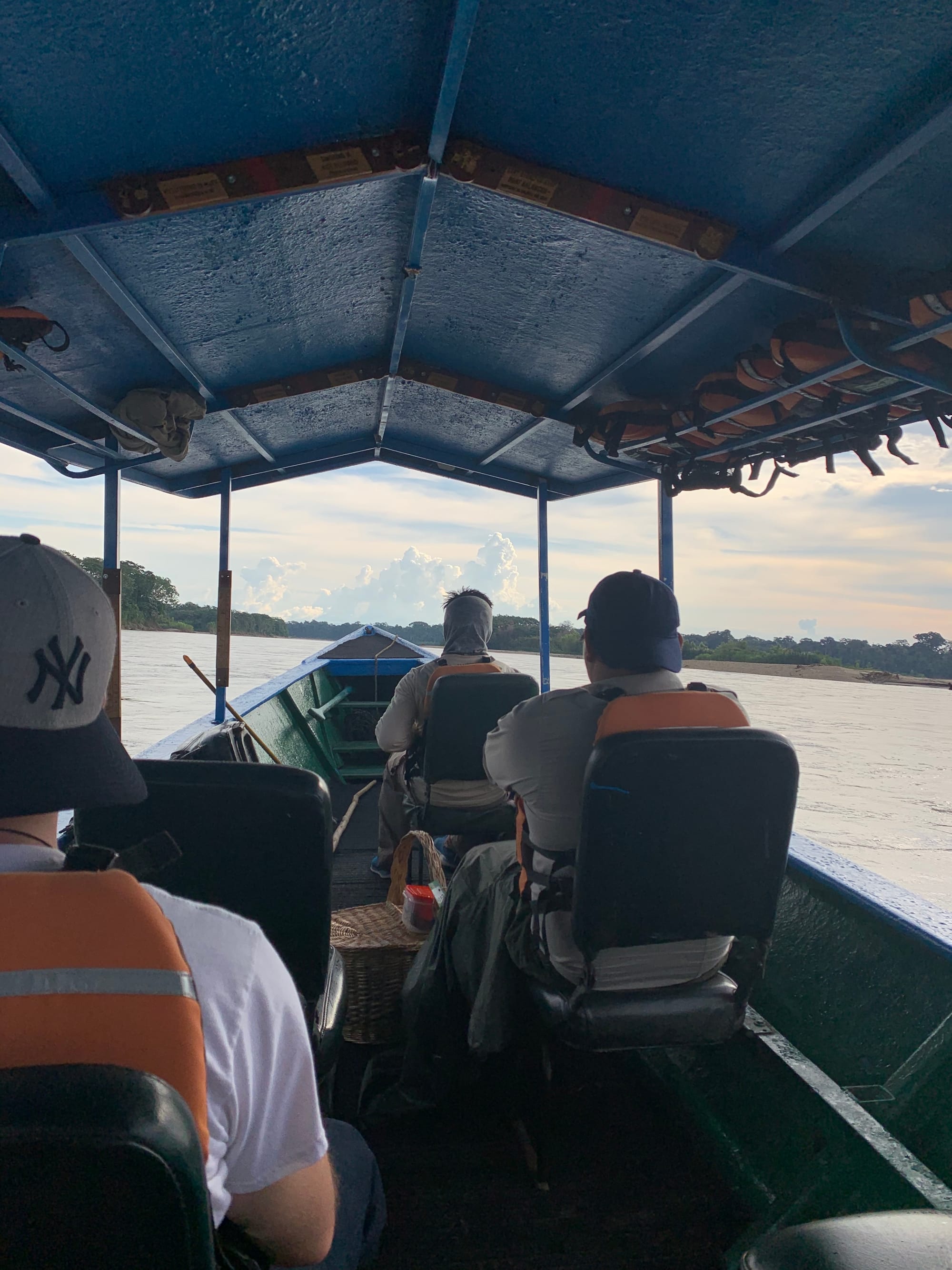
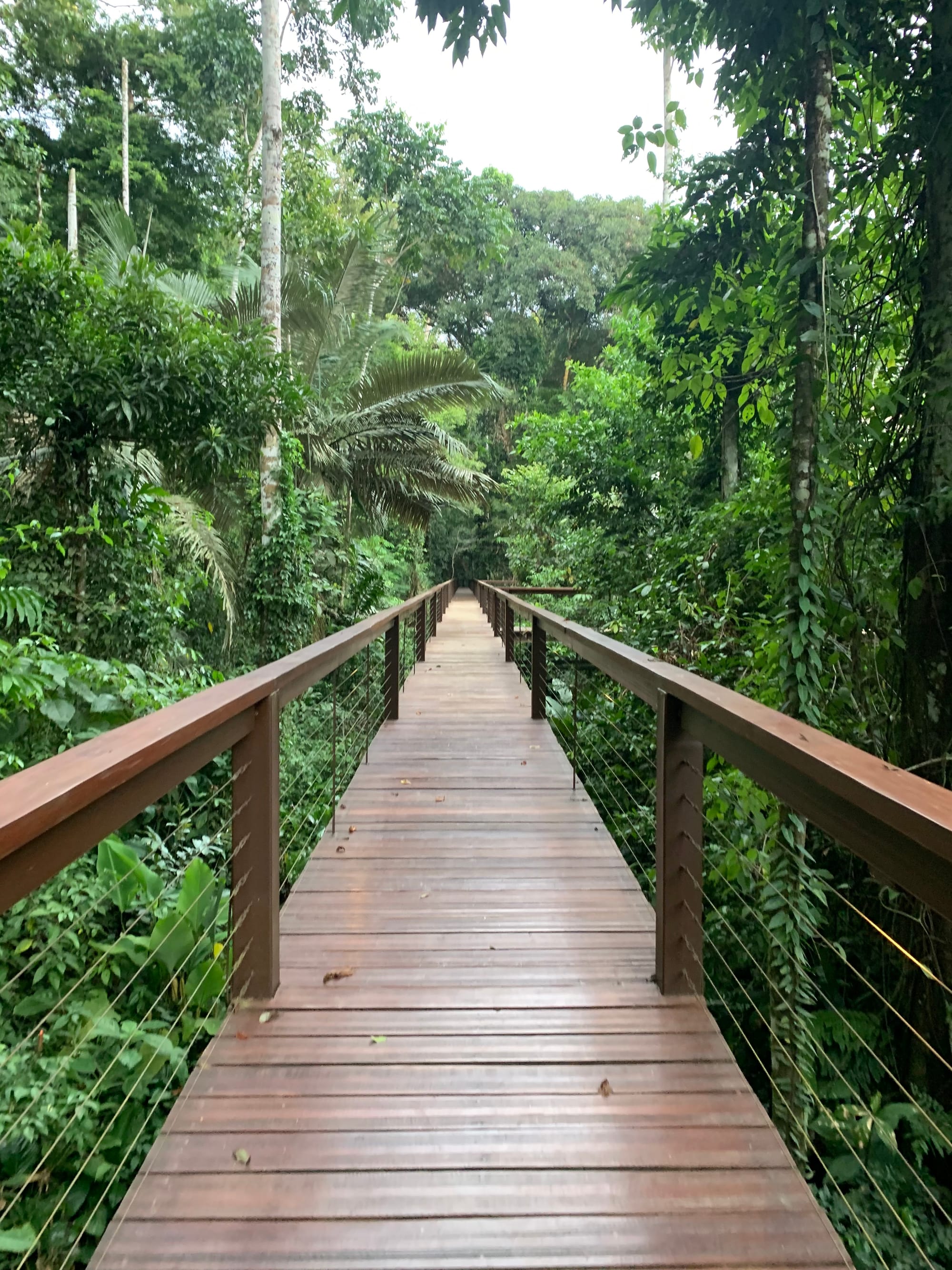
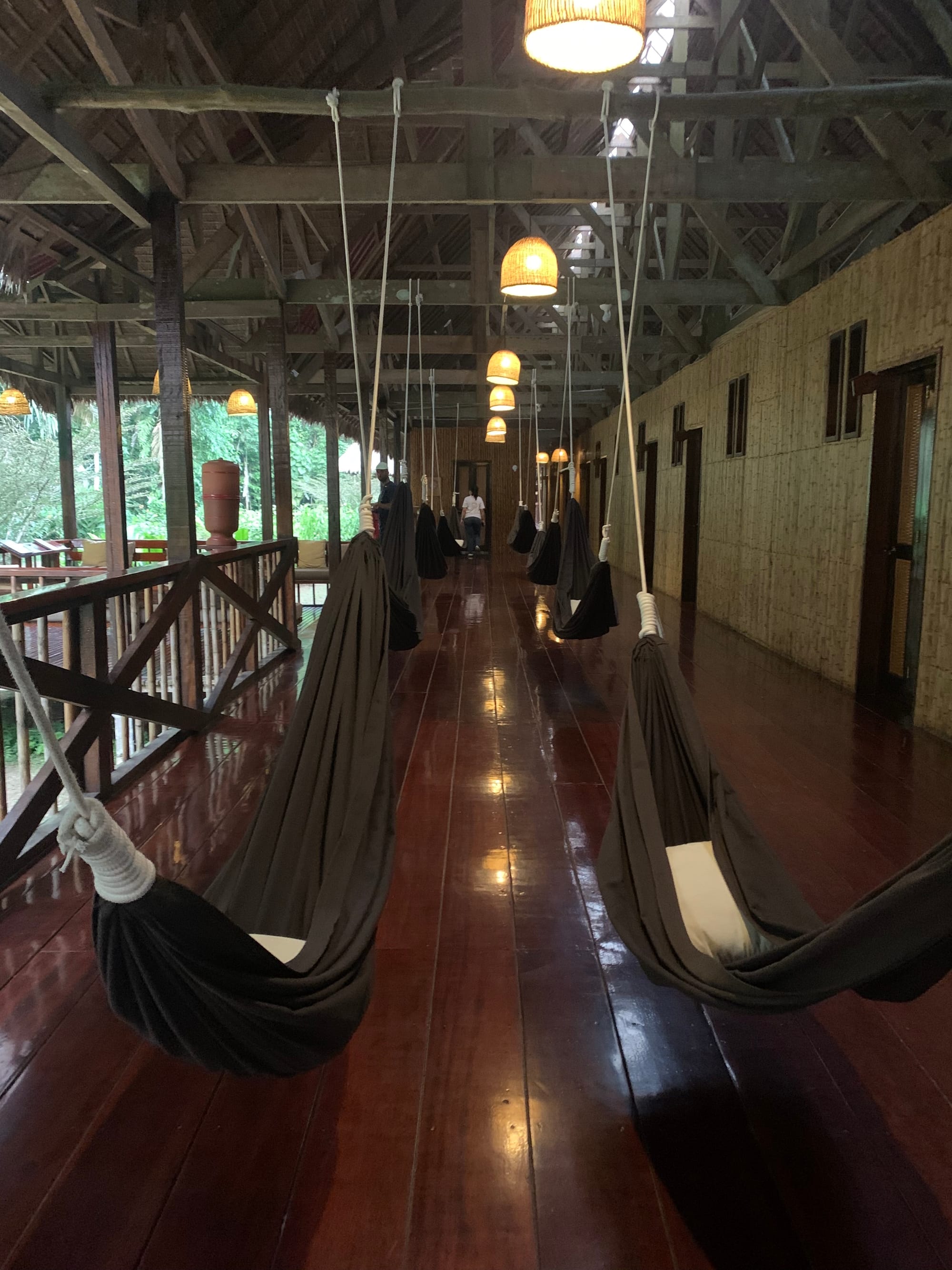
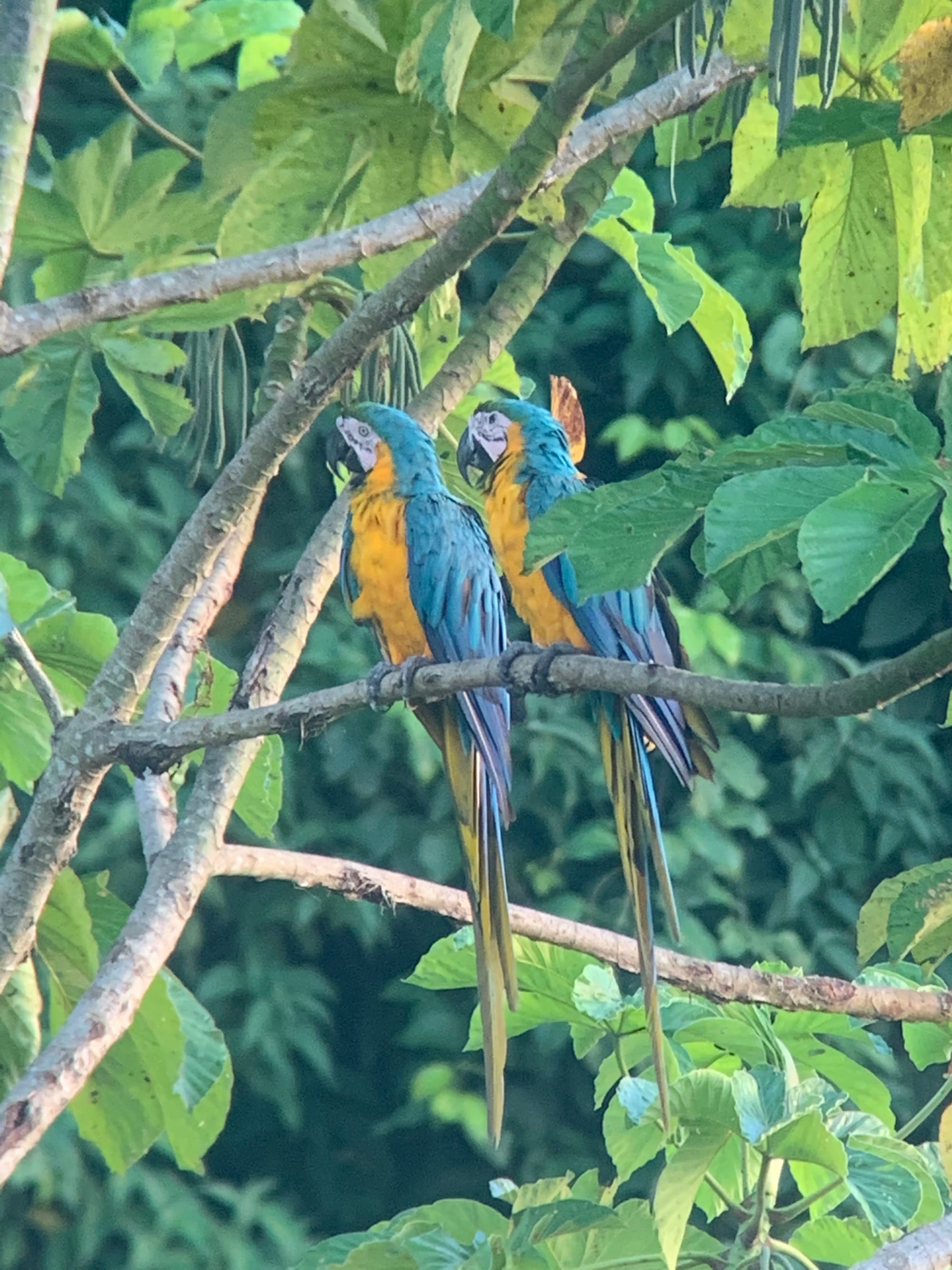
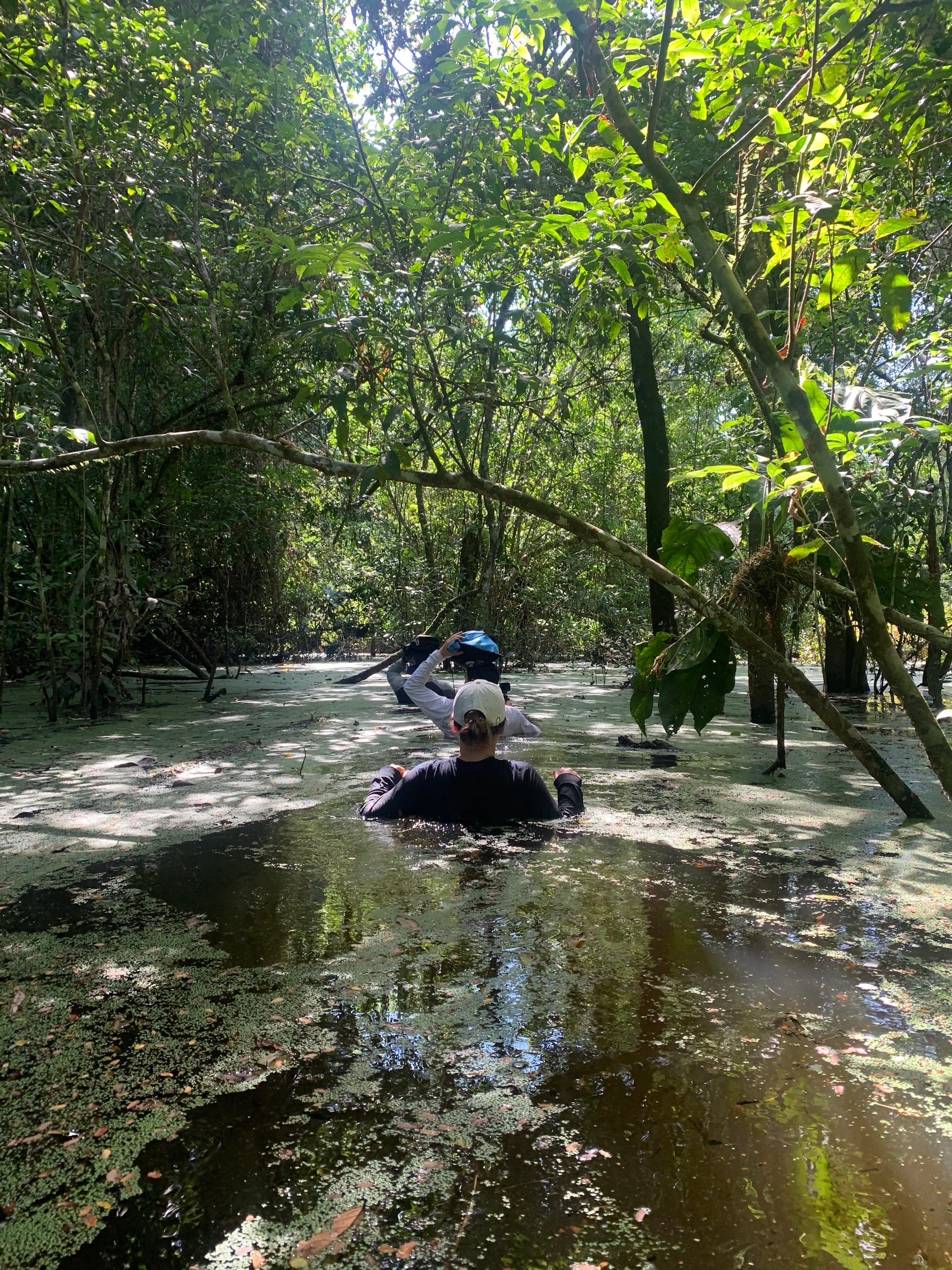
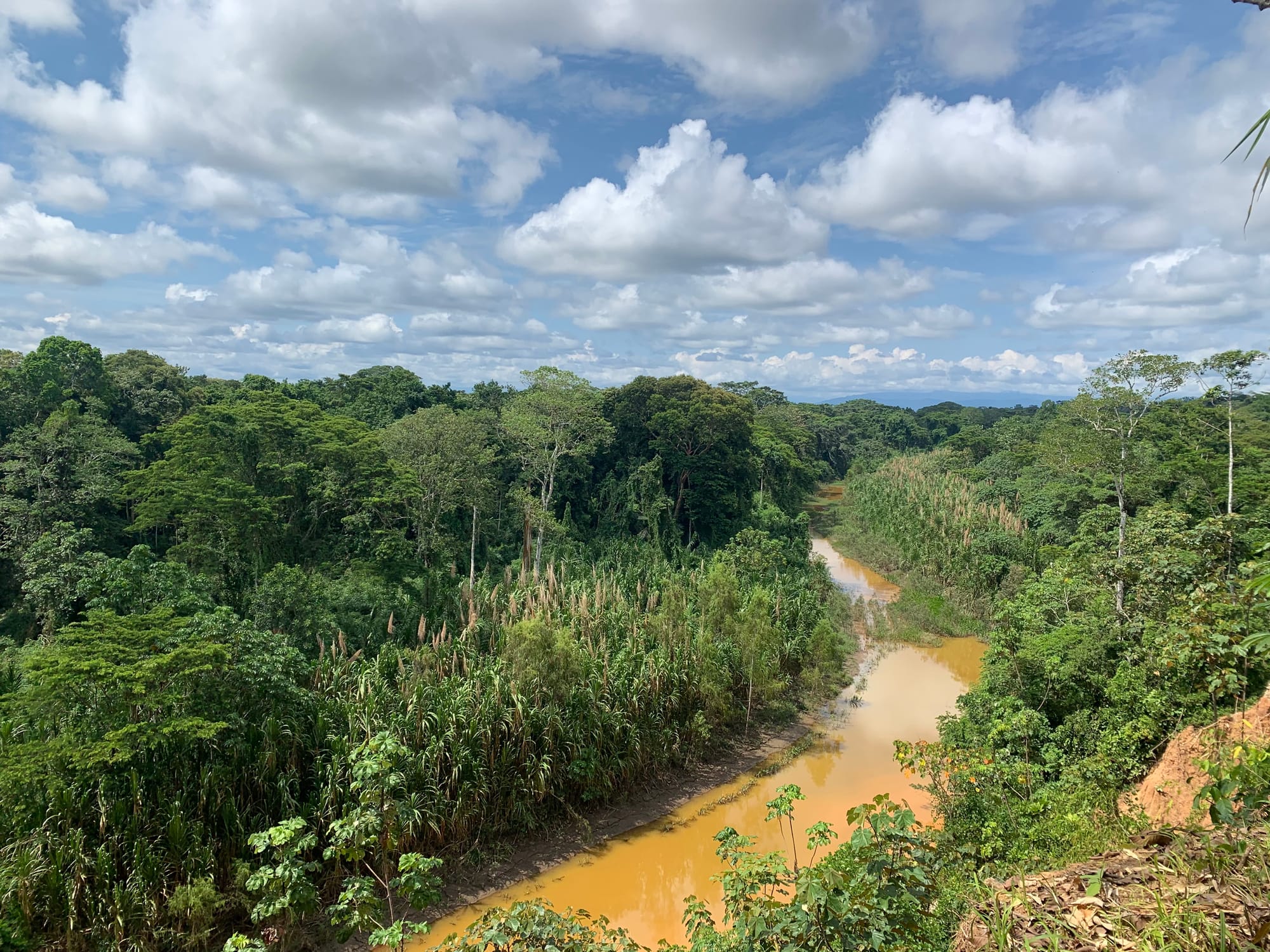
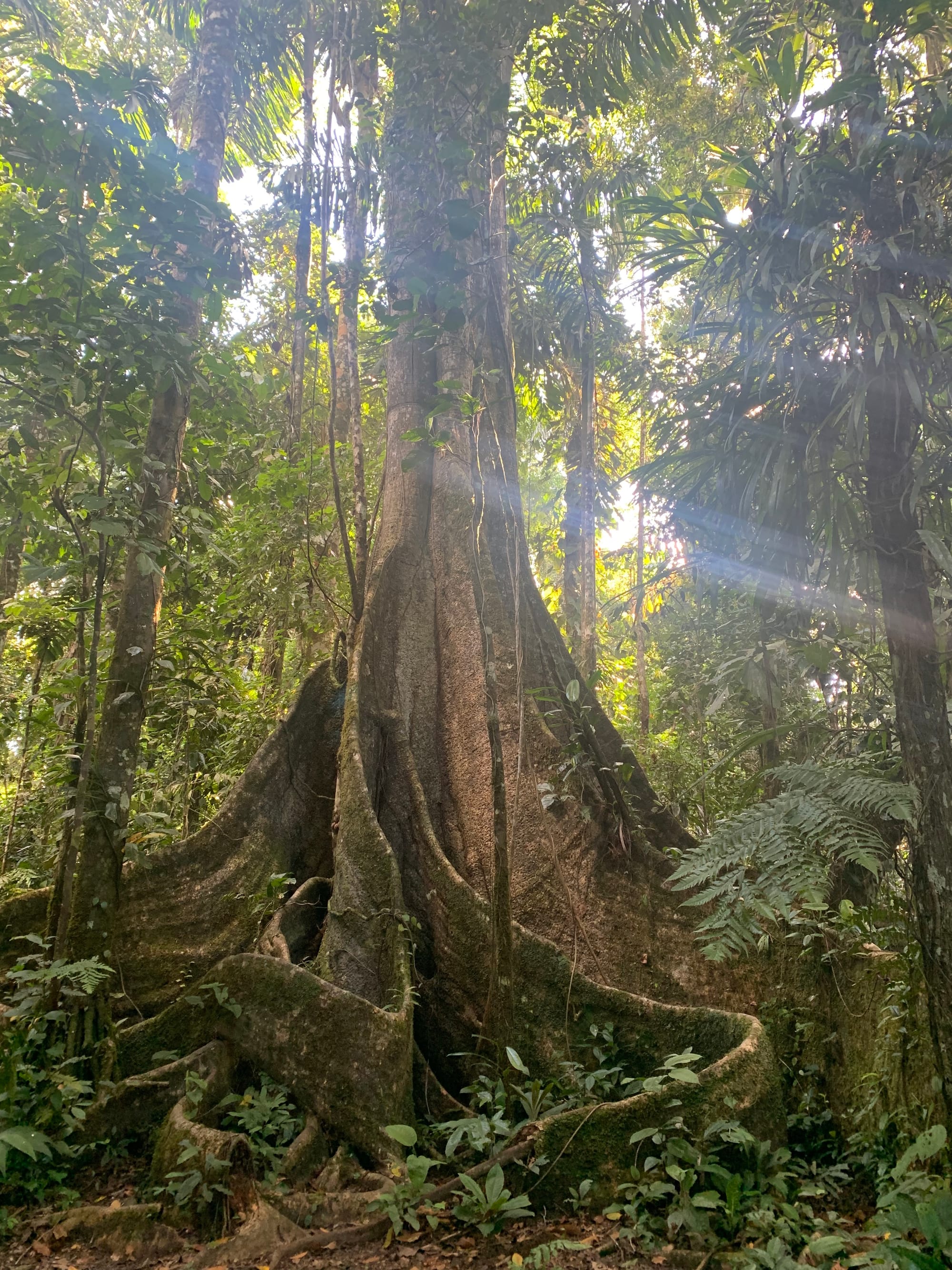
Photo Credit: Syllogi
Syllogi’s ‘On Location’ is a series of trip reports reflecting on our personal travels, as we research and experience the bounty the world has on offer.

